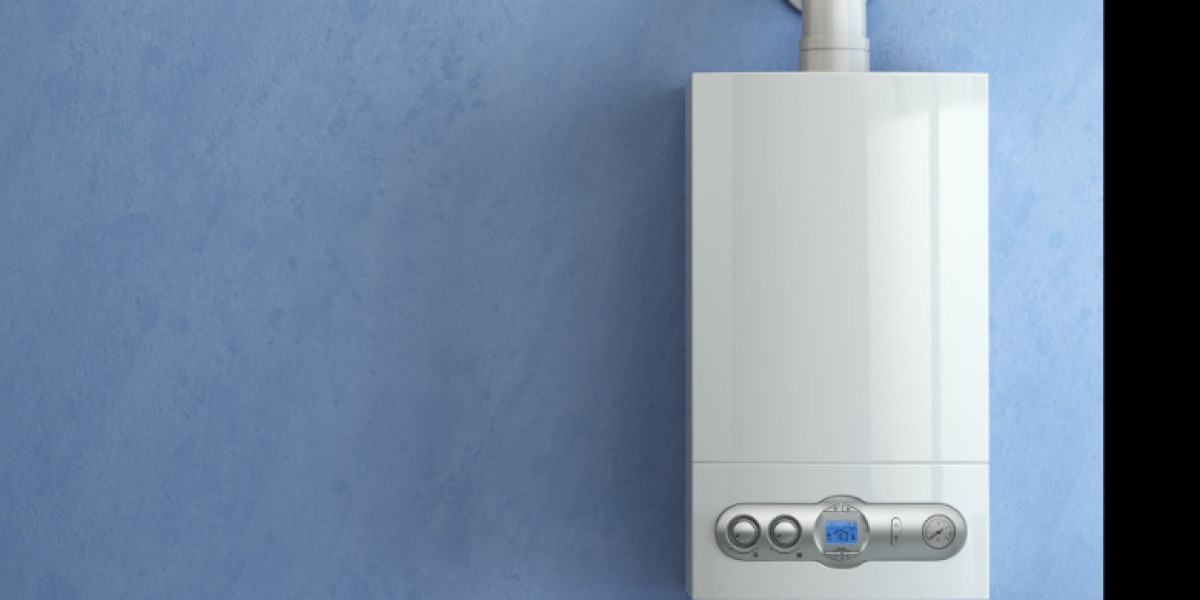However, some patients may experience gum irritation when first starting their treatment or when switching to a new set of aligners. If you find yourself dealing with discomfort or irritation, it's important to address the issue promptly to ensure your treatment progresses smoothly. Here’s a guide on what to do if your Invisalign aligner is irritating your gums.
1. Assess the Irritation
Before taking any steps to alleviate discomfort, it’s important to assess the extent of the irritation. Mild soreness or tenderness in the gums is common when starting a new aligner or adjusting to a different stage in your treatment. However, if you experience severe pain, significant swelling, or persistent irritation, it’s crucial to address these issues promptly.
2. Ensure Proper Fit
One of the most common reasons for gum irritation is an ill-fitting aligner. Invisalign aligners are custom-made to fit your teeth precisely, but sometimes, they may not fit perfectly, especially if there has been a change in your dental structure or if the aligners are slightly out of alignment.
Check for Rough Edges: Examine your aligners for any rough or sharp edges that could be cutting into your gums. If you notice any, you can use an emery board or nail file to smooth them out. Be cautious not to file too aggressively, as this could damage the aligner.
Aligner Fit: Make sure the aligner is seating properly on your teeth. If it’s not fully seated or if it feels loose, it might be causing friction against your gums. If the problem persists, consult with your orthodontist to ensure the aligner is fitting correctly.
3. Use Orthodontic Wax
Orthodontic wax is a simple and effective solution for alleviating gum irritation caused by aligners. Wax acts as a barrier between the aligner and your gums, reducing friction and discomfort.
Apply the Wax: Take a small piece of orthodontic wax and roll it into a ball. Press the wax onto the areas of the aligner that are causing irritation. This creates a smooth surface that helps protect your gums.
Reapply as Needed: You may need to reapply the wax throughout the day, especially if it wears off or if you eat or drink.
4. Maintain Good Oral Hygiene
Good oral hygiene is essential for preventing and managing gum irritation. Inadequate cleaning can lead to plaque buildup, which can exacerbate discomfort and irritation.
Brush and Floss Regularly: Brush your teeth and aligners at least twice a day with fluoride toothpaste. Floss daily to remove food particles and plaque from between your teeth.
Rinse with Antiseptic Mouthwash: Using an antiseptic mouthwash can help reduce bacteria and inflammation in your gums, providing some relief from irritation.
Clean Your Aligners: Properly clean your aligners with lukewarm water and a gentle cleanser specifically designed for orthodontic appliances. Avoid using hot water or abrasive cleaners that can damage the aligners or irritate your gums further.
5. Adjust Your Diet
Certain foods and beverages can exacerbate gum irritation or make it more uncomfortable. Adjusting your diet can help minimize discomfort.
Avoid Hard and Sticky Foods: Hard or sticky foods can cause additional pressure on your gums and aligners, increasing irritation. Stick to softer foods and avoid chewing gum or eating sticky candies.
Stay Hydrated: Drinking plenty of water helps keep your mouth hydrated and can soothe irritated gums.
6. Consult Your Orthodontist
If your gum irritation persists despite trying these remedies, it’s important to consult your orthodontist. Persistent discomfort may indicate that the aligners are not fitting properly or that there may be an underlying issue with your treatment.
Schedule a Check-Up: Your orthodontist can assess your alignment and make necessary adjustments to ensure a proper fit. They can also check for any potential problems with your aligners or treatment plan.
Discuss Alternatives: If necessary, your orthodontist may suggest alternative solutions or adjustments to improve your comfort and ensure that your treatment continues on track.
7. Consider Aligner Adjustments
In some cases, your orthodontist in Southend-On-Sea may recommend adjustments to your aligners to reduce gum irritation. This might involve modifying the aligner itself or making changes to your treatment plan.
Custom Adjustments: Your orthodontist may make custom adjustments to the aligner to address specific areas of irritation. This ensures that your aligners fit comfortably and effectively.
Alternative Materials: In rare cases, your orthodontist may suggest using different aligner materials or techniques to improve comfort.
Conclusion
Gum irritation during Invisalign treatment is a common issue, but it doesn’t have to derail your progress. By taking proactive steps such as assessing the fit of your aligners, using orthodontic wax, maintaining good oral hygiene, adjusting your diet, and consulting your orthodontist, you can manage and alleviate discomfort effectively. Remember, your orthodontist is your best resource for resolving persistent issues and ensuring a successful treatment experience.
If you’re experiencing gum irritation with your Invisalign aligners, don’t hesitate to seek professional advice. Proper management and care will help you achieve a comfortable and beautiful smile while ensuring that your Invisalign treatment stays on track.



